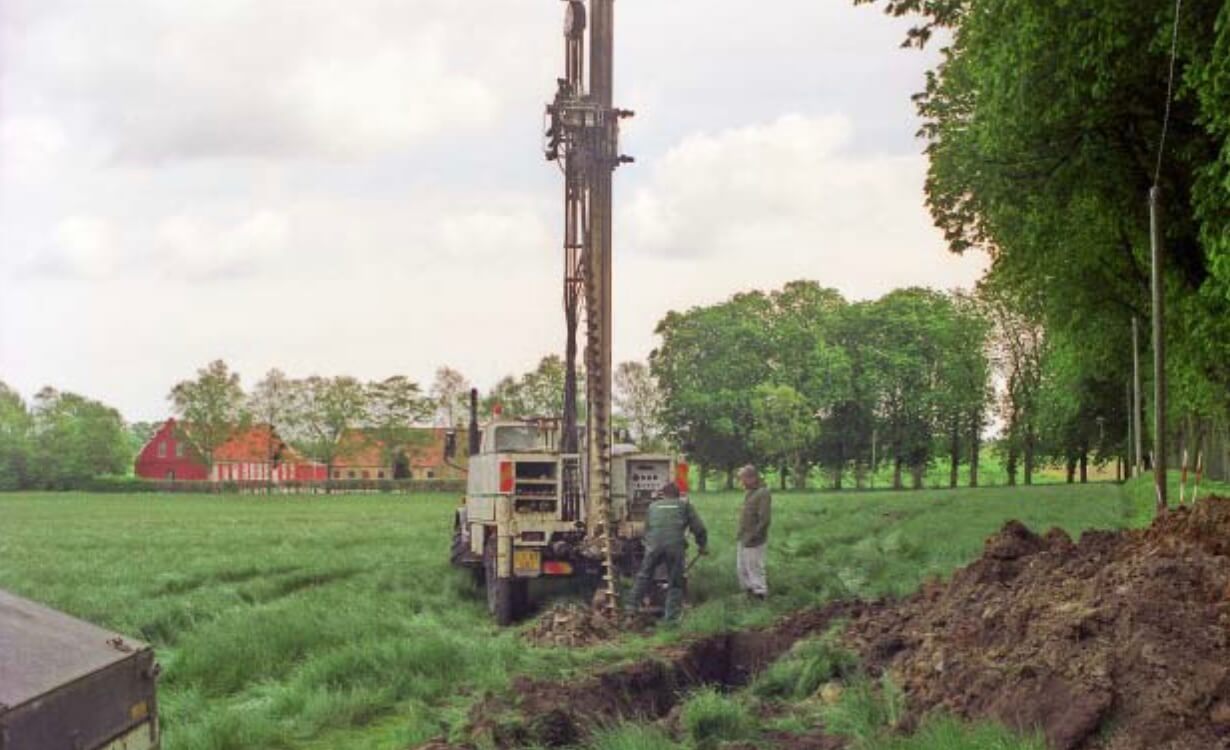
How to Cite
Share
Abstract
Radon (222Rn) is a radioactive, noble insoluble gas with a half-life of 3.8 days. It belongs to the uranium (238U) decay chain where radon is formed from radium (226Ra). Uranium and radium are built into mineral structures or are, for example, adsorbed on the surface of clay minerals, limonite or organic material. When radon is formed by radioactive decay from radium, parts of it enter the pores of rocks and soils and are transported by diffusive or advective forces in the pores. The transport rate depends on the permeability and water content in the pores (Nazaroff 1992).
How to Cite
Share
Copyright (c) 2010 Peter Gravesen, Peter Roll Jakobsen

This work is licensed under a Creative Commons Attribution 4.0 International License.
Downloads
Edited by Ole Bennike, Adam A. Garde and W. Stuart Watt
This Review of Survey activities presents a selection of 23 papers reflecting the wide spectrum of activities of the Geological Survey of Denmark and Greenland, from the microscopic to the plate-tectonic level. In addition, an obituary about the former director of the [...]









